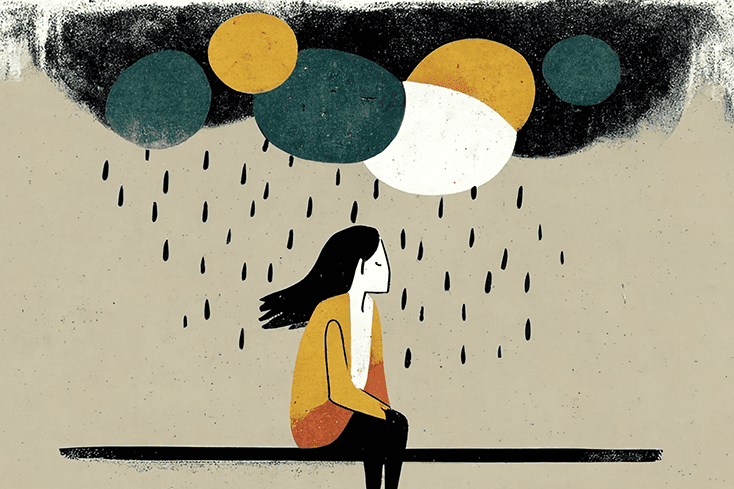
I was recently inducted into a club I never wanted to be a part of — I call it the “Therapist’s Worst Nightmare Club” — losing a client to suicide.
I have always felt the deep responsibility I bear as a therapist. During my career I’ve had to call in suspected abuse reports that have resulted in fathers going to jail and families breaking up. I have sent clients to the hospital against their will, as a measure to save their lives. I’ve talked to clients in the middle of the night. I’ve felt threatened being alone with a client in my office building during evening hours.
I worked with students from Parkland, Fla., just as they were coming back from the funerals of their murdered friends. I currently work with people in Uvalde, Texas, as they face the fact that their children were gunned down in their classroom. But I’ve never had a client quit, and I’ve never had a client die by suicide, until now.
Treating Different Levels of Suicidality
Many of my clients experience suicidal ideation, or occasional thoughts of dying by suicide. These thoughts range from “fleeting ideas” to “obsessive thoughts,” but they don’t include the intent or the plan to carry it out.
A smaller, yet substantial group of my clients are suicidal. By that, I mean there are times when they truly wanted to die. They have a plan, but no actual time or date set for when they would carry out their plan. I monitor these clients very closely.
My actively suicidal clients are those who know when, how and have the intent to carry out their plans. It’s heart crushing to have these clients because it’s the only time in our work as therapists when we have the obligation to keep these clients safe from self-harm through hospitalization.
The burden of removing someone’s power and control is enormous, and never something we take lightly. We do it, nonetheless, because we want to keep our clients alive. In a hospital setting they can receive medication adjustments under supervision, days of consecutive group psychotherapy classes and some time and space. When they are released, it’s a scary time, but with a huge success rate for the client staying alive.
Acting As a Mirror
While therapists tend to be intuitive, and any effective therapist can develop a genuine and strong rapport with their client (this is necessary for a successful therapeutic outcome), we are not mind readers, and we are constrained by what our clients choose to tell us. The safer the bond between client and therapist, the more the client will reveal. Safety is earned by the therapist, over time, and is by far the most critical factor in any therapeutic relationship.
A therapist cannot force a client to believe something, to think something, to do something, to want something, to choose anything that they do not want to choose. That is not our role. Our role is to create a safe and genuine rapport; to provide accurate information; to challenge and reframe a client’s unhelpful thoughts, beliefs and opinions; to teach skills and strategies; to listen mindfully so the client feels seen and heard — butnever to control or change a client.
When our clients, over time, choose to think and feel and believe in healthier, more functional ways that improve the quality of their lives, that’s the “Holy Grail” of therapy. I’ve had numerous clients tell me I’ve saved their lives. A good therapist will hold up a mirror for their client. Instead of saying “I feel so proud of you,” we say, “I hope you feel so proud of yourself.”
Losing My Client
I am not powerful enough to save anyone. I’m not in control.
So, why do I feel responsible for my client’s suicide? When his wife called to deliver the horrific news, she thanked me and let me know how much they valued me. She told me they’d never had anyone work so hard and instill so much hope. And yet, it clearly wasn’t enough. She feels the same way about her role as his wife. His children feel the sting of regret and blame, too. No doubt his friends and colleagues will feel it, too. And his psychiatrist and other medical practitioners. It’s part of the ripple effect of suicide.
When I spoke with my client for the last time he was doing better. It was a good day, his chronic pain was at a manageable level, and we talked about his many hobbies, and the possibility of his picking one or two of them up again. After all, there’s a lot more to him than just his pain. He’d slowly been returning to his life. Going outside for walks, talking to old friends, becoming curious about things. He sent me YouTube videos of his phenomenal singing group and his incredible harmonica playing.
After our session, he’d apparently had a week filled with intolerable pain that even his family didn’t detect. He decided it was enough, I suppose. He felt like a burden. Of course, nothing could have been further from the truth. He was a lovely man — a scientist and musician with great wit and charm and talent as an artist. He was beloved by his wife, his children and his grandchild.
Finding the Courage to Keep Going
As a newly minted member of the “Therapist’s Worst Nightmare Club,” I’m battling the urge to quit. To cut up my license, to close my business, to label myself as a failure. What could I have done differently? Is there something I missed? Why didn’t I know? It feels like my 20+ years of competence has been wiped away like chalk on a chalkboard.
Do I have the courage to pick myself up and keep going? Where do I go to seek help for this trauma? How do I help this family now? Would it even be appropriate to do so? I am frozen in place.
My head knows that just as I don’t have the power to save someone’s life, I also don’t have the power to destroy it. Emotionally, my client was healing in leaps and bounds, but physically, his chronic pain was more than he could bear. I hope that in time, my heart will know and believe this, too.
What I do know is that each of you matters. We have free will, and this job comes with the knowledge that we often work with people who have complex emotions and sometimes, harmful behaviors. Eventually, I will go on working to help people heal themselves. But I will always be a member of this Club now, and it will remind me to stay humble and thankful for every success. And because I too have free will, I will choose to move forward with a sincere desire to do my very best for each client.
Katherine King Cosimano, a Licensed Clinical Social Worker and a member of the Academy of Certified Social Workers (ACSW) has 20 years of experience providing individual, family and group psychotherapeutic treatment for children and adults. She has recently opened a mental health center in Asheville, NC called The Blue Blanket, Inc., an organization that uses traditional psychotherapy neuroscience, acceptance and commitment therapy, sound healing, art therapy, yoga, mindfulness, journaling and more. They provide courses online and in person, as well as weeklong retreats in the mountains.

